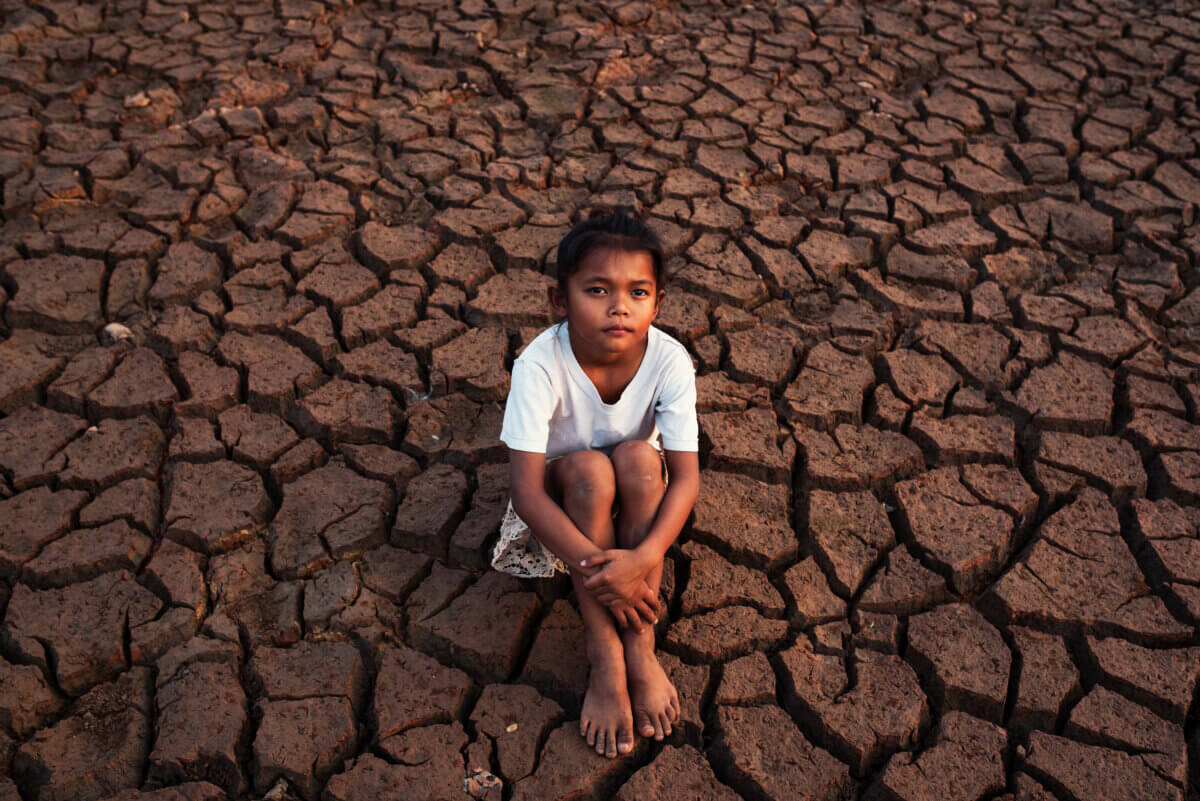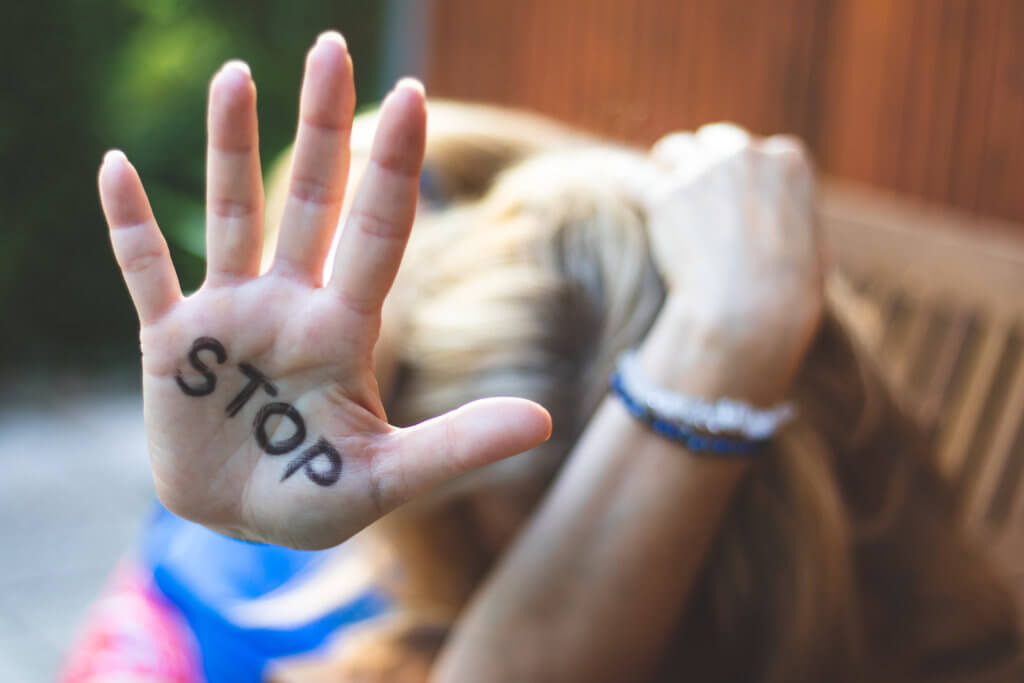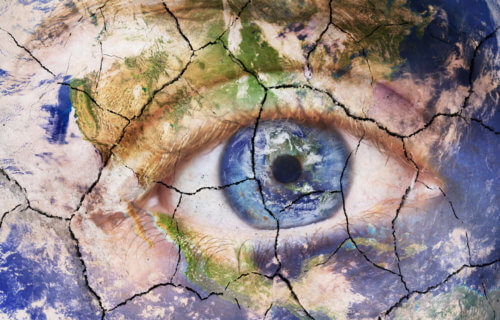COLUMBUS, Ohio — From heatwaves and wildfires to hurricanes and twisters, extreme weather events are becoming more and more common all over the world in recent years. While many of the negative consequences tied to extreme weather patterns are fairly evident (destroyed properties and uprooted families), a team from The Ohio State University has discovered a surprising negative impact associated with extreme weather events — more child marriages.
These conclusions are based on a systemic review of 20 prior studies spanning and connecting droughts, floods, and other extreme weather events to upticks in child, early, and forced marriages in low and middle-income nations. All in all, Fiona Doherty, lead author of the study and a doctoral candidate in social work at Ohio State, says this work serves as compelling evidence that forced child marriages are still very much a problem on a global scale. To be clear, researchers do not believe extreme weather events directly cause child marriages. The relationship is a bit more complex than that.
“What these disasters do is exacerbate existing problems of gender inequality and poverty that lead families to child marriage as a coping mechanism,” Doherty explains in a university release.
All over the world, estimates show that one in five girls are married before turning 18 years-old. Among lower and middle-income countries, that statistic hovers around 40 percent. Making matters worse, according to study co-author Smitha Rao, assistant professor of social work at Ohio State, those statistics may climb higher in the years to come as climate change increases the frequency of extreme weather events.
“The complexities surrounding child marriage and extreme weather will worsen amid climate change,” Prof. Rao adds.
Studies analyzed for this project were all originally published between 1990 and 2022. Those studies investigated if and how extreme weather was connected to child marriages. In most cases, girls younger than 18. Most of the studies were conducted in low or middle-income nations in Asia and Africa. Examples include Bangladesh, India, Pakistan, Kenya, Nepal, and Vietnam.
The most common extreme events documented in the studies were droughts and floods, but some focused on the impact of cyclones, high-temperature shocks, and other disasters. Those projects revealed the influence of such disasters on child marriage in a variety of contexts, Doherty explains.
For instance, one study held in Bangladesh noted that during years with heat waves lasting more than 30 days, 11 to 14-year-old girls were 50 percent more likely to get married. Similarly, girls between 15 and 17 were also 30 percent more likely to tie end up in a marriage.

Study authors say much of this phenomenon comes down to economics.
“Child marriage is often seen as a coping strategy to reduce economic vulnerability and food insecurity that a family is facing because of a disaster,” Doherty says.
Another study found that daughters were married early in Bangladesh after Cyclone Aila – likely as a means of coping with the economic and food burdens placed on households by the cyclone. In other instances, early marriage is encouraged to provide workers for families. Meanwhile, when a drought struck Kenya, threatening local water sources and livestock, one research project noted that young brides were highly sought after as a way to help with increased labor demands (walking long distances for water and food).
Regional customs like bride price and dowry are also important factors in all of this. In regions that practice bride price (sub-Saharan Africa, Vietnam), in which the groom’s family pays the bride’s family, girls were found to be at a higher risk of being forced to marry during droughts and periods of heavy rainfall.
Conversely, however, other studies found that in regions like India, where a dowry (the bride’s family’s payment to the groom’s family) is common, girls were actually less likely to get married during a drought year. Probably because many brides’ families couldn’t afford dowry payments.
Beyond just economics, Prof. Rao says that many studies showed a variety of ripple effects from weather disasters that eventually led to more child marriages. Communities that had been displaced by floods, cyclones, and other disasters often ended up in camps where young girls were targeted for sexual harassment and violence.

“Families sometimes made the choice to get their young daughters married off in these situations to protect them from harassment and sexual violence,” Prof. Rao says.
Researchers did, though, identify one important factor that helped protect many children from being forced to get married.
“We found that education played a significant role in protecting girls,” Doherty elaborates.
Girls who were less educated tended to be married off early. However, studies also revealed that as parental education increased, moms and dads became less likely to marry off their daughters.
Besides education, the study authors stress that more needs to be done to end this trend. One obvious act, they say, is to legally ban child marriage in these countries. Another approach would entail assisting families with the economic difficulties that often lead to early marriages.
“But we found the main driver of child marriage is gender inequality,” Doherty notes. “We need to find ways to empower women and girls with education and financial control that will allow them to make their own decisions.”
All of the analyzed studies were conducted in low and middle-income countries – but that’s only because the team at OSU could not find any relevant studies performed in high-income countries. Even so, they warn weather disasters may also be encouraging more child marriages in high-income countries, including the United States.
“We need more research to understand the differences and additional factors that may be affecting the link between extreme weather events and child marriage in other parts of the world, including high-income countries,” Prof. Rao concludes.
The study is published in the journal International Social Work.

